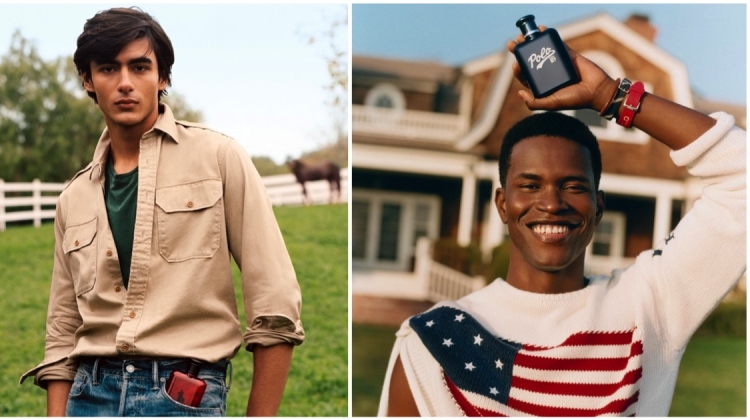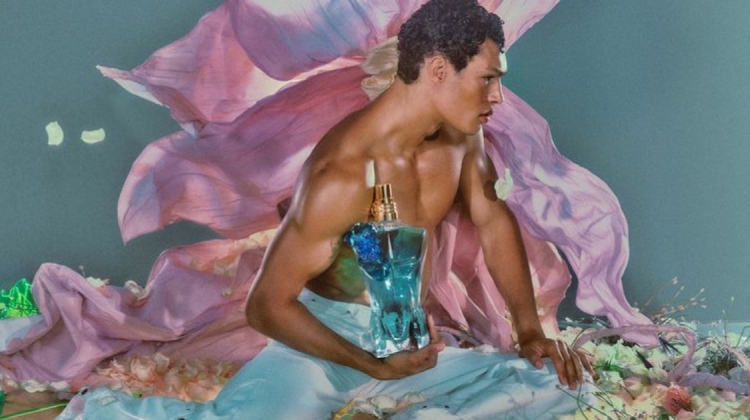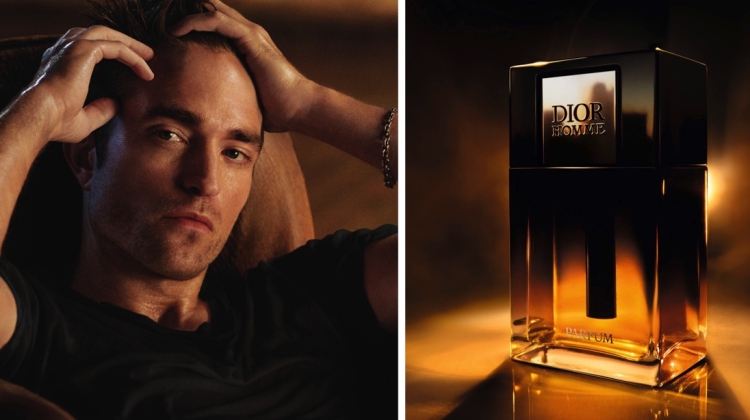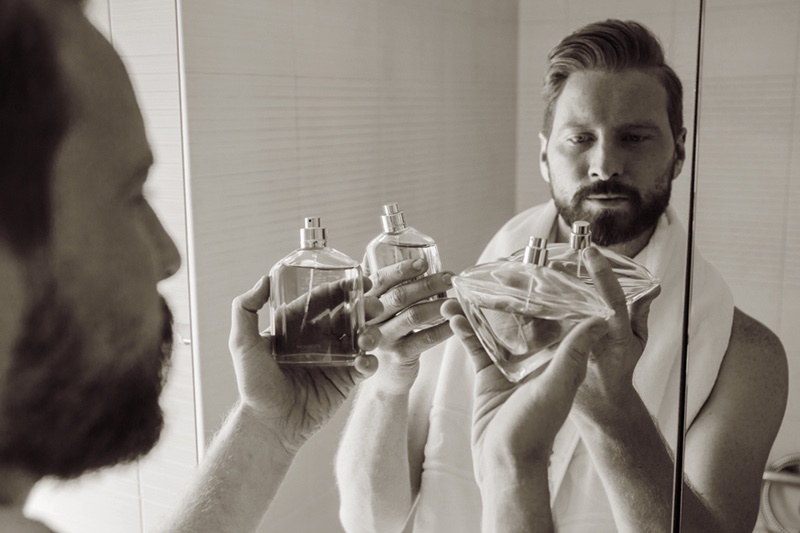
In the cologne vs perfume discussion, it’s evident that although the terms are often used interchangeably when discussing personal fragrances, they denote distinct scent types.
Both are crafted by perfumers with top, middle, and base notes, resulting in certain styles of fragrance known collectively as perfume accords. However, they differ in oil concentration and the intricacy of these blends.
With its higher oil concentration, perfume offers a richly layered scent experience through complex accords. In contrast, cologne provides a lighter, refreshing quality with more straightforward blends, appealing to those seeking a more subdued fragrance presence.
Cologne vs Perfume
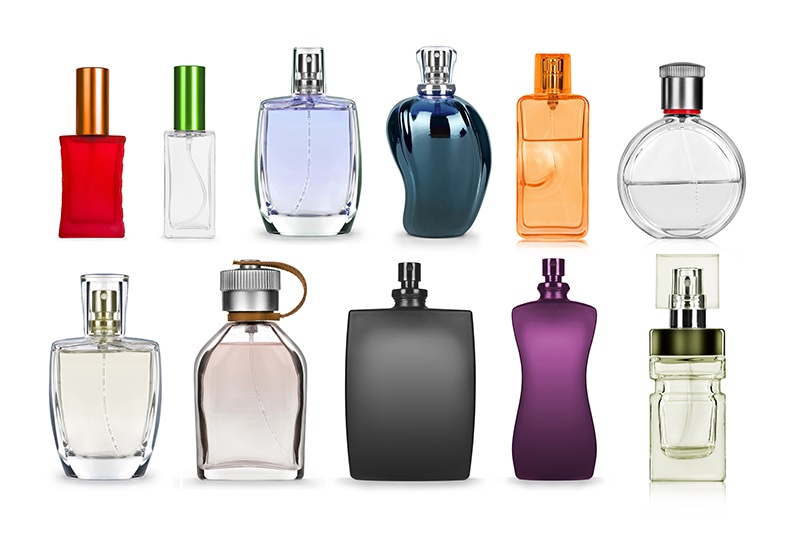
Grasping the nuances between cologne and perfume is crucial for choosing a fragrance that matches one’s taste and way of life. Colognes are ideal for a splash of freshness, especially appreciated in hot weather or for daytime wear, while perfumes create a durable presence, seamlessly transitioning from day to night.
The Differences
The differences between cologne and perfume reveal critical distinctions in concentration, longevity, and their typical applications.
Concentration: Perfume has a higher fragrance oil concentration, typically boasting 20-30% aromatic compounds. On the other hand, cologne presents a much lower concentration, containing only 2-4% of fragrant oils.
This high concentration makes perfume the most potent form among different fragrance types, significantly affecting how long it lasts and how it’s applied.
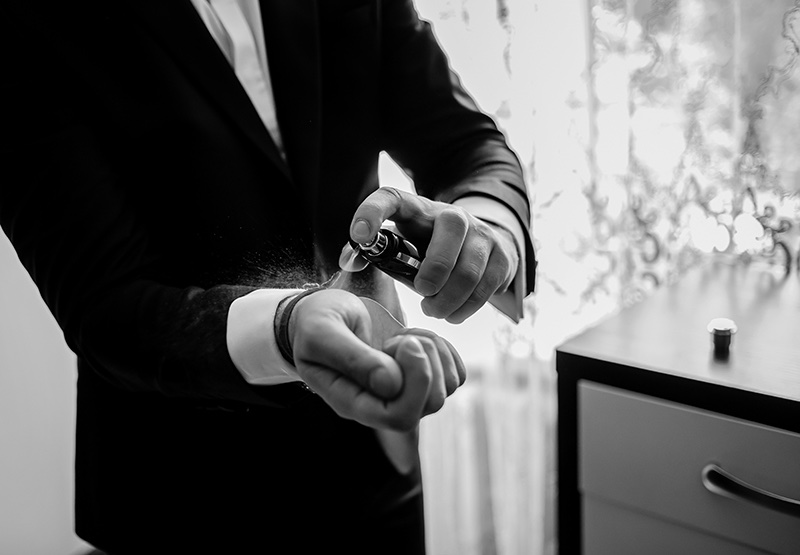
Longevity: The rich concentration of essential oils in perfume means it can linger on the skin for up to 24 hours, ensuring a lasting fragrance throughout the day and into the night.
Cologne lasts about 2 hours with minimal oil content before its scent diminishes.
Usage: Cologne’s refreshing and lighter essence makes it ideal for daily wear or staying cool in warmer weather. With its strong concentration and enduring scent, perfume is typically chosen for special events or evenings.
Fragrance Types & Strengths
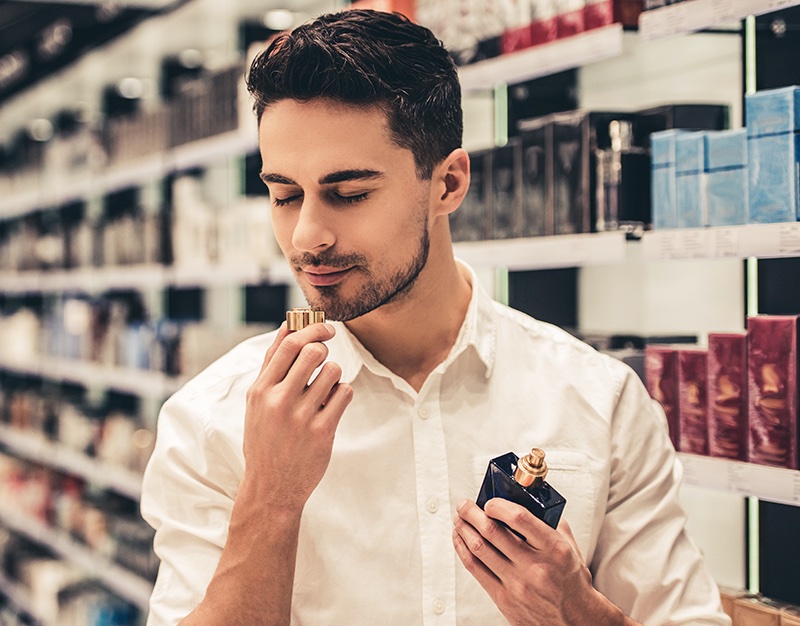
Exploring fragrances reveals various cologne types for specific scent strengths and lasting power. Similarly, perfumes stand out for their high fragrance oil concentrations, offering rich and enduring aromas.
This diverse range meets various preferences and occasions, whether one desires a light touch of freshness or a profound, lasting fragrance.
Eau de Cologne & Eau de Toilette
Eau de Cologne presents a lighter option with a 2% to 4% concentration of fragrance oils paired with a higher alcohol content, making it a refreshing yet more accessible choice that lasts about 2 to 3 hours.
On the other hand, Eau de Toilette contains a 5% to 15% concentration, striking a delicate balance between noticeable fragrance and a subtlety ideal for everyday use.
Eau de Parfum and Extrait de Parfum
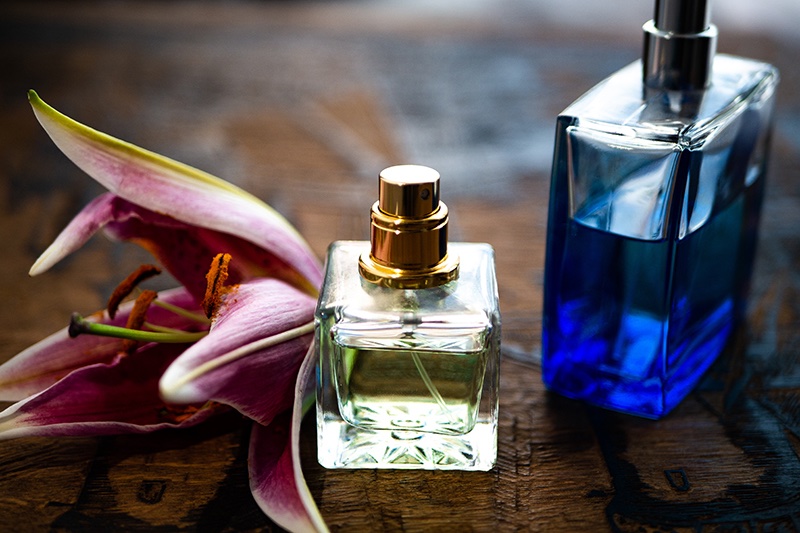
With a 15% to 20% fragrance oil concentration, Eau de Parfum provides a more potent scent that can linger for 5 to 8 hours, preferred for its lasting impression without being too intense.
Extrait de Parfum goes a step further, with a 20% to 30% concentration, offering a rich, long-lasting scent that persists for extended hours, perfect for special events or for making a distinctive personal statement.
Eau Fraiche & Aftershave
Eau Fraiche is akin to cologne in its delicate aroma but stands out with the lowest alcohol content of 1% to 3%, ideal for those desiring a mild, fleeting scent.
Besides its soothing and antiseptic benefits post-shave, aftershave typically carries a fragrance concentration similar to Eau Fraiche, fulfilling a dual role of skin care and providing a gentle fragrance.
Chemical Composition & Concentration
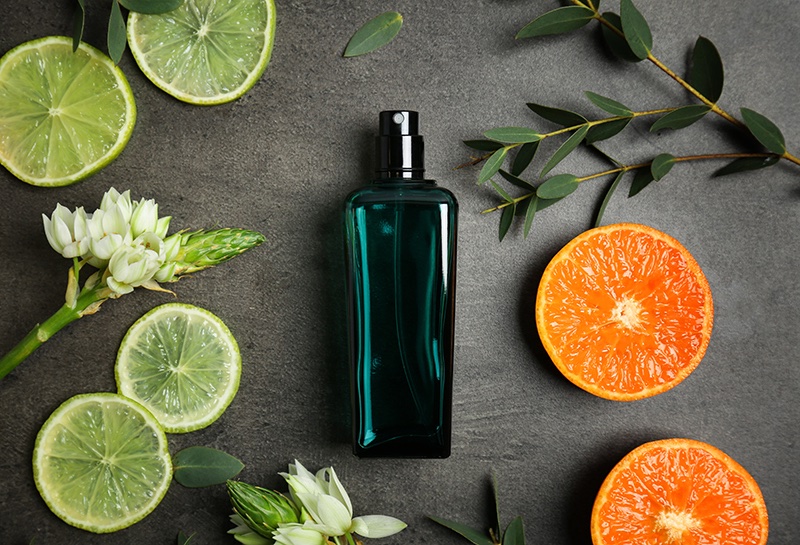
Understanding the distinction between cologne and perfume hinges on their chemical composition and concentration levels, which dictate the intensity and lasting power of the fragrance. This difference is primarily due to variations in the amounts of alcohol, oil, and water present in the formulations.
Fragrance Concentrations
- Eau de Cologne (EDC): Generally contains 2-4% perfume essence, making it one of the lighter options.
- Eau de Toilette (EDT): Features a concentration of 5-15% pure perfume essence, offering a moderate scent strength.
- Eau de Parfum (EDP): Contains a higher concentration of 15-20% perfume essence, resulting in a longer-lasting fragrance.
Alcohol & Oil Content Differences
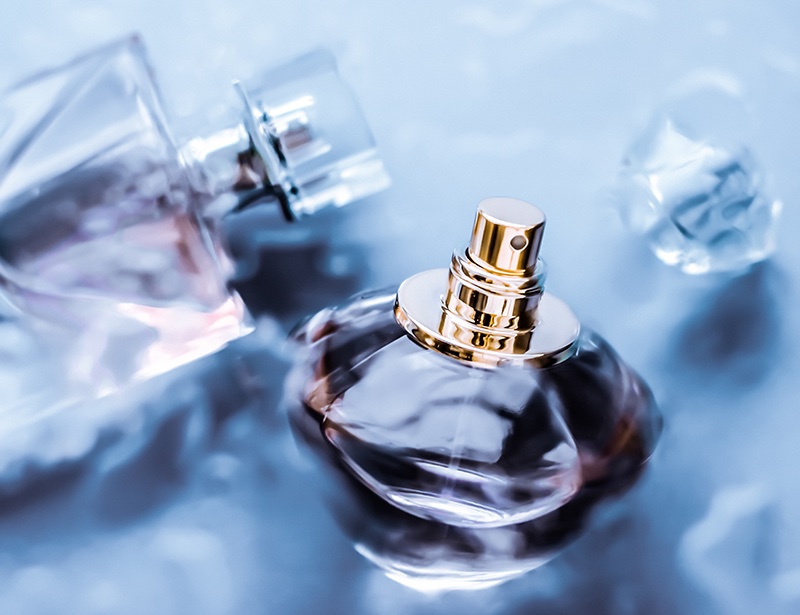
The main contrast between perfumes and colognes is their alcohol and oil content. Perfumes typically have a higher concentration of fragrance oils, which accounts for their richer and more enduring aroma.
Conversely, colognes have a higher alcohol content, aiding in the spread of the scent but also leading to its more fleeting presence.
The Role of Water in Fragrances
Water is integral to perfumery, serving as a solvent that dilutes the fragrance oil. In products like Eau Fraiche, water is mixed with a minimal fragrance oil concentration of 1-3%, without alcohol, creating a much lighter scent lasting only a short period.
This composition influences the scent’s intensity and its longevity on the skin.
Traditionally, Masculine vs. Feminine Scents
While both scent types can feature fresh elements, their identity is primarily shaped by the unique blend and balance of notes, which steers them towards being perceived as more traditionally masculine or feminine.
Masculine Fragrances
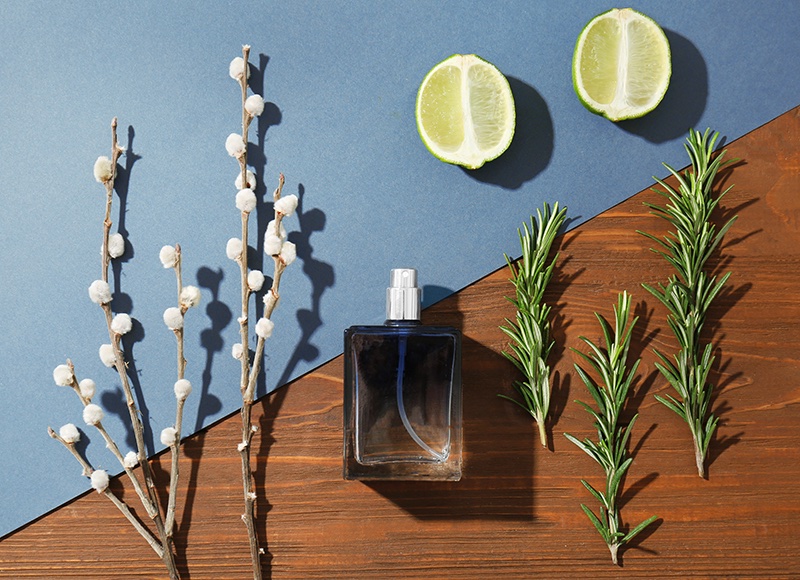
Masculine fragrances are characterized by an affinity for woodsy, fresh, or zesty elements, creating a traditionally viewed masculine scent. These fragrances might start with energizing top notes such as bergamot or lemon, immediately introducing a refreshing vibe.
Moving into the fragrance’s heart, there could be a mix of spicy or herbal middle notes like sage or cardamom, leading to a robust finish. The base notes of sandalwood or vetiver lend a warm and deep foundation to the scent. This sequence crafts a distinctive masculine aroma that complements personal style.
Feminine Fragrances
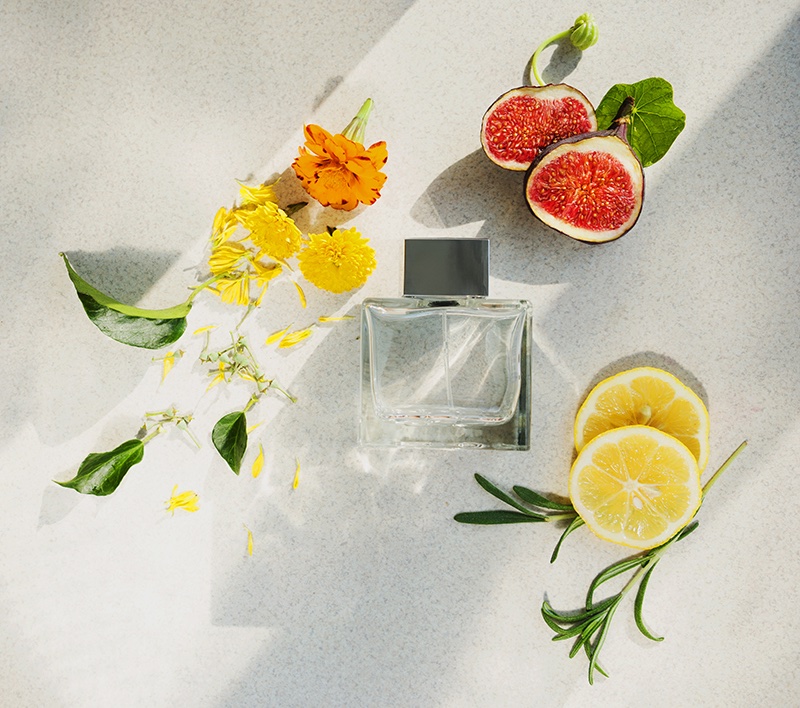
Conversely, feminine fragrances embrace a broader spectrum of floral or sweet elements, often traditionally considered feminine. They may share the initial citrusy spark, but typically unfold into a bouquet of lush floral middle notes such as rose or jasmine.
The fragrance concludes with soft and inviting base notes like vanilla or musk, ensuring a subtly enticing and lasting presence, characteristic of many feminine perfumes.
The Shift to Gender Neutrality in Fragrances
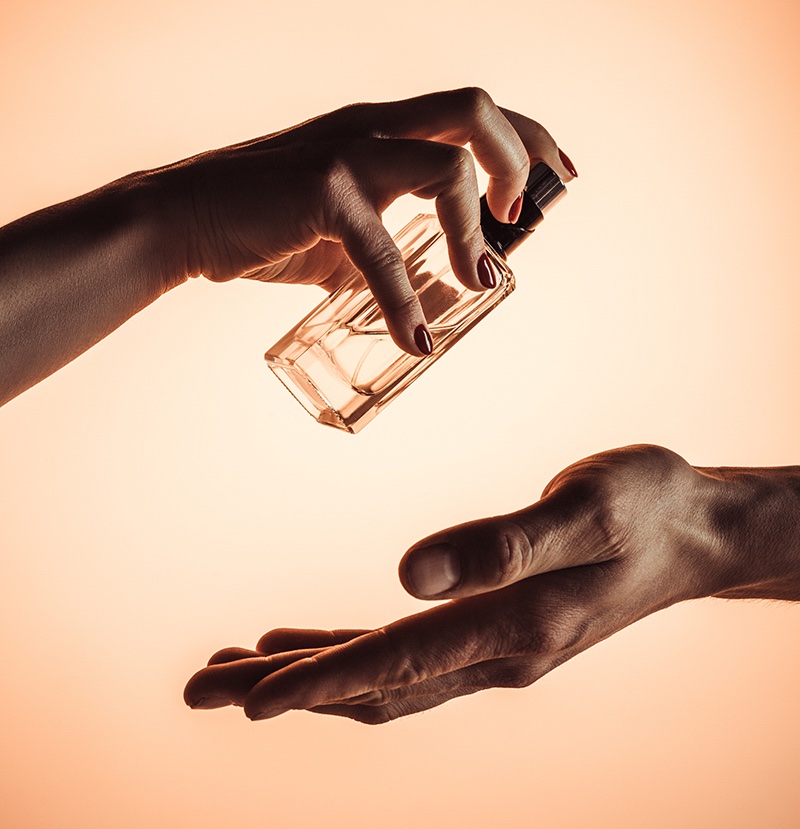
The fragrance industry’s shift towards gender neutrality marks a departure from the dated division of cologne for men and perfume for women, embracing the idea that scent preferences extend beyond gender. This evolution is characterized by breaking traditional marketing stereotypes and a move towards inclusivity, encouraging individuals to select fragrances that resonate with their style, irrespective of gender.
Brands are now promoting unisex scents, underscoring the craftsmanship of fragrance creation and the universal appeal of notes such as citrus, wood, and musk. This trend not only supports a broader cultural movement towards inclusivity and self-expression but also emphasizes that the essence of a fragrance transcends gender boundaries, making the personal connection to a scent the most significant aspect.
The Final Verdict on Cologne vs. Perfume
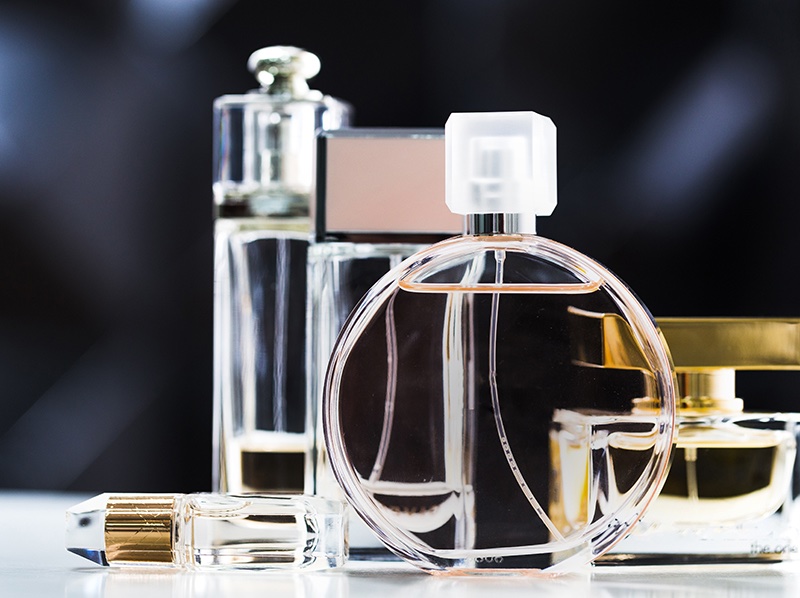
The concentration of fragrance oils is at the heart of the cologne versus perfume debate, which defines each’s unique character. Perfumes boast a strong concentration ranging from 15% to 30%, delivering a more intense and enduring scent.
Conversely, with their 2% to 15% fragrance oil content, colognes present a milder and more understated aroma. This variance in concentration shapes the fragrance’s longevity and intensity and its ideal usage scenarios.
Distinctive Features: Cologne vs Perfume
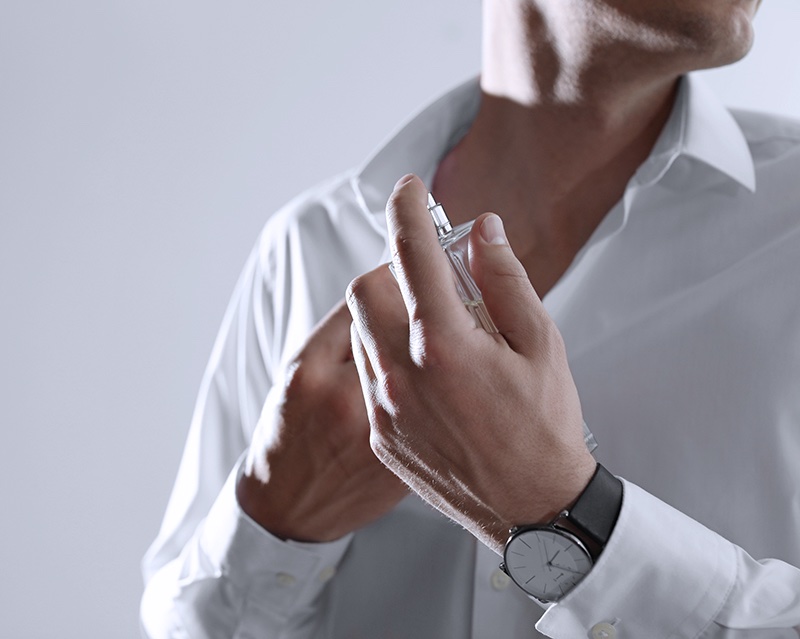
With their gentle scent, colognes fit seamlessly into everyday affairs or for those who prefer a discreet fragrance. Conversely, with their lasting presence, perfumes emerge as the quintessential choice for formal gatherings or moments when making a memorable impact is critical.
Choosing between cologne and perfume also involves a personal reflection on scent preferences and how the fragrance interacts with one’s skin. The decision ultimately rests on individual desires and the specific ambiance one wishes to evoke with scent.
Although the terms and usage can vary across different cultures and regions, the fundamental distinctions provided here are a universal guide to navigating fragrances.

